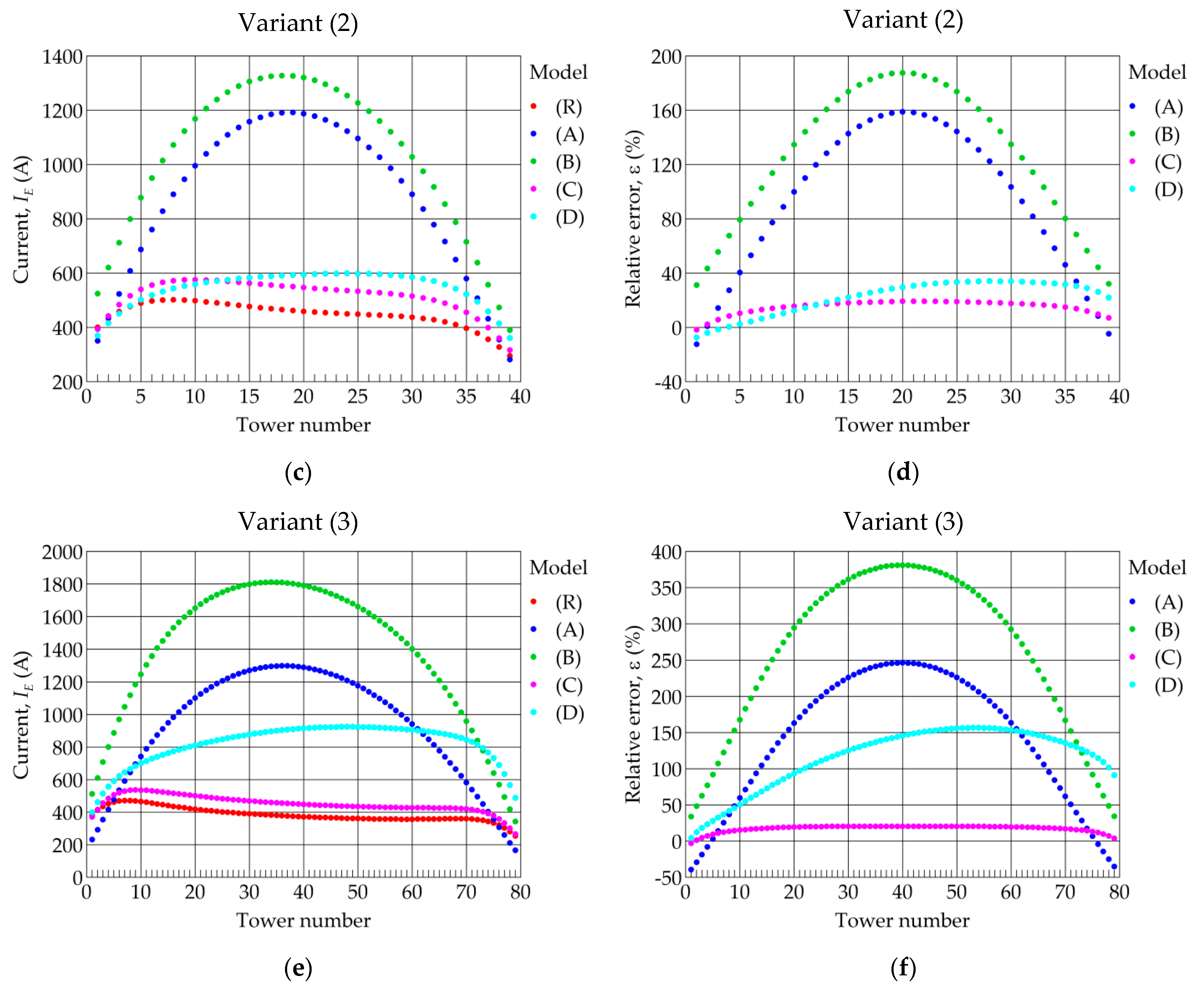

SHORT-CIRCUIT CURRENTS IN THREE-PHASE A.C.
#Iec 60909 0 2016 changes series
TUTORIAL AND APPLICATION GUIDE FOR HIGH-VOLTAGE FUSESīS EN 60143-1 - SERIES CAPACITORS FOR POWER SYSTEMS - PART 1: GENERAL IEC 6 TR ED.2 - ELECTROMAGNETIC COMPATABILITY (EMC) - PART 3-7: LIMITS - ASSESSMENT OF EMISSION LIMITS FOR THE CONNECTION OF FLUCTUATING LOAD INSTALLATIONS TO MV, HV AND EHV POWER SYSTEMS POWER TRANSFORMERS - PART 8: APPLICATION GUIDEĮN 61914 - CABLE CLEATS FOR ELECTRICAL INSTALLATIONSīS EN 50341-1 - OVERHEAD ELECTRICAL LINES EXCEEDING AC 1 KV - PART 1: GENERAL REQUIREMENTS - COMMON SPECIFICATIONS SHORT-CIRCUIT CURRENTS - CALCULATION OF EFFECTS - PART 1: DEFINITIONS AND CALCULATION METHODS LETTER SYMBOLS TO BE USED IN ELECTRICAL TECHNOLOGY - PART 7: POWER GENERATION, TRANSMISSION AND DISTRIBUTION

The minimum short-circuit current which can be a basis, for example, for the selection of fuses, for the setting of protective devices, and for checking the run-up of motors.OVERHEAD ELECTRICAL LINES EXCEEDING AC 1 KV - PART 1: GENERAL REQUIREMENTS - COMMON SPECIFICATIONSīS EN 61914 - CABLE CLEATS FOR ELECTRICAL INSTALLATIONS The maximum short-circuit current which determines the capacity or rating of electrical equipment and In general, two types short-circuit currents, which differ in their magnitude, are considered: The calculation of the short-circuit impedance is in general based on the rated data of the electrical equipment and the topological arrangement of the system and has the advantage of being possible both for existing systems and for systems at the planning stage. In existing low-voltage systems it is possible to determine the short-circuit impedance on the basis of measurements at the location of the prospective short circuit considered. Short-circuit currents and short-circuit impedances may also be determined by system tests, by measurement on a network analyser, or with a digital computer. įor currents during two separate simultaneous single-phase line-to-earth short circuits in an isolated neutral system or a resonance earthed neutral system, see IEC 60909‑3. This part of IEC 60909 deals with the calculation of short-circuit currents in the case of balanced or unbalanced short circuits.Ī single line-to-earth fault is beyond the scope of this part of IEC 60909. This method, therefore, does not necessarily lead to the maximum short-circuit current. The superposition method gives the short-circuit current related to the one load flow presupposed. This does not exclude the use of special methods, for example the superposition method, adjusted to particular circumstances, if they give at least the same precision.

For this calculation method, an equivalent voltage source at the short-circuit location is introduced. This part of IEC 60909 establishes a general, practicable and concise procedure leading to results which are generally of acceptable accuracy. Systems at highest voltages of 550 kV and above with long transmission lines need special consideration. Operating at a nominal frequency of 50 Hz or 60 Hz. In low-voltage three-phase AC systems, and This part of IEC 60909 is applicable to the calculation of short-circuit currents



 0 kommentar(er)
0 kommentar(er)
